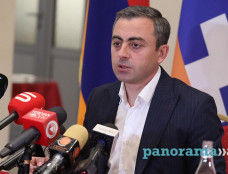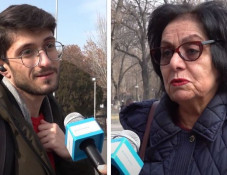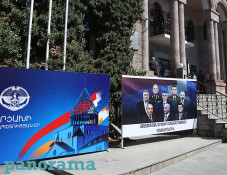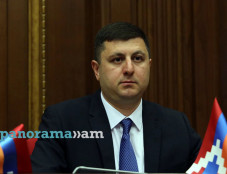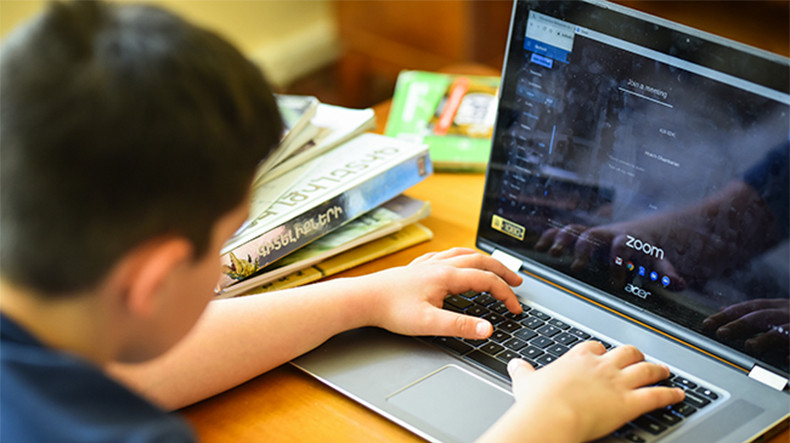
UNICEF: Unequal access to remote schooling amid COVID-19 threatens to deepen global learning crisis
As nearly 1.2 billion schoolchildren remain affected by school closures and as they grapple with the realities of remote learning in the midst of the COVID-19 pandemic, UNICEF warns inherent inequalities in access to tools and technology threaten to deepen the global learning crisis.
“Access to the technology and materials needed to continue learning while schools are closed is desperately unequal. Likewise, children with limited learning support at home have almost no means to support their education. Providing a range of learning tools and accelerating access to the internet for every school and every child is critical,” said UNICEF Chief of Education Robert Jenkins. “A learning crisis already existed before COVID-19 hit. We are now looking at an even more divisive and deepening education crisis.”
According to the press statement released by the organisation, in 71 countries worldwide, less than half the population has access to the internet. Despite this disparity, 73 per cent of governments out of 127 reporting countries are using online platforms to deliver education while schools remain closed
It is noted that despite disparities in ownership, television is the main channel used by governments to deliver remote learning, with 3 in 4 governments out of 127 reporting countries using television as a source of education for children. Radio is the third most-used platform by governments to deliver education while schools are closed, with 60 per cent of 127 reporting countries using this method.
More than half of countries are using SMS, mobile or social media as an alternate education delivery system, with 74 per cent of reporting countries in Europe and Central Asia using these methods. Around half of 127 reporting countries are offering printed, take-home resources; and only 11 per cent are offering home visits.
Vast inequities exist between the richest and the poorest households. Almost all technologies used to deliver education while schools remain closed require electricity. Yet, in the 28 countries with data, only 65 per cent of households from the poorest quintile have electricity, compared to 98 per cent of households from the wealthiest quintile.
Newsfeed
Videos






